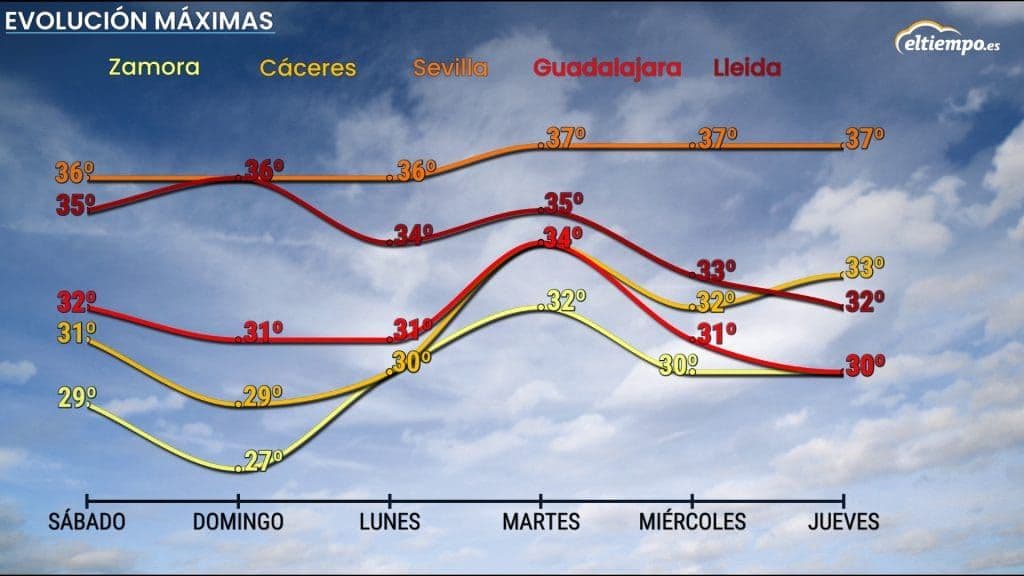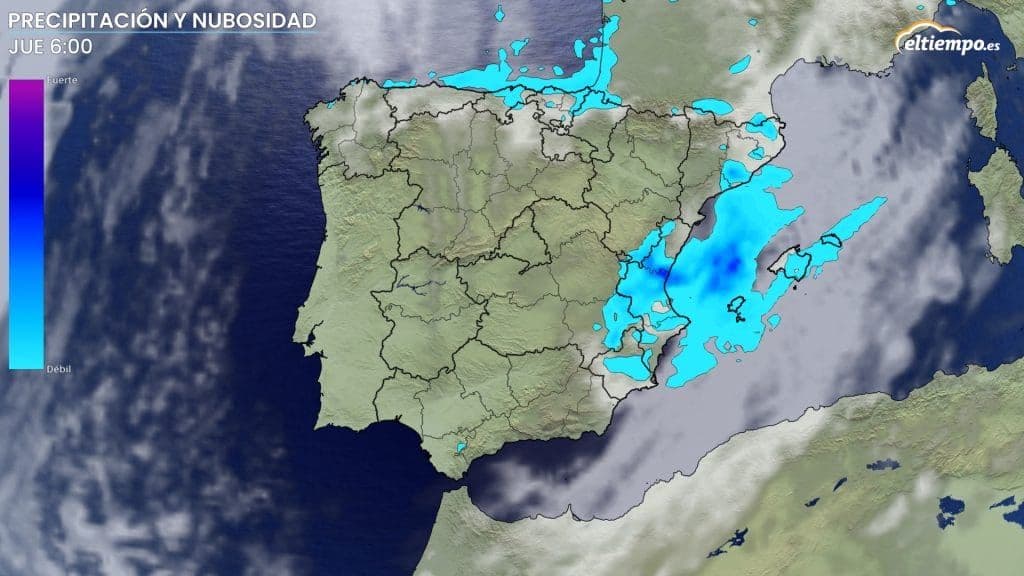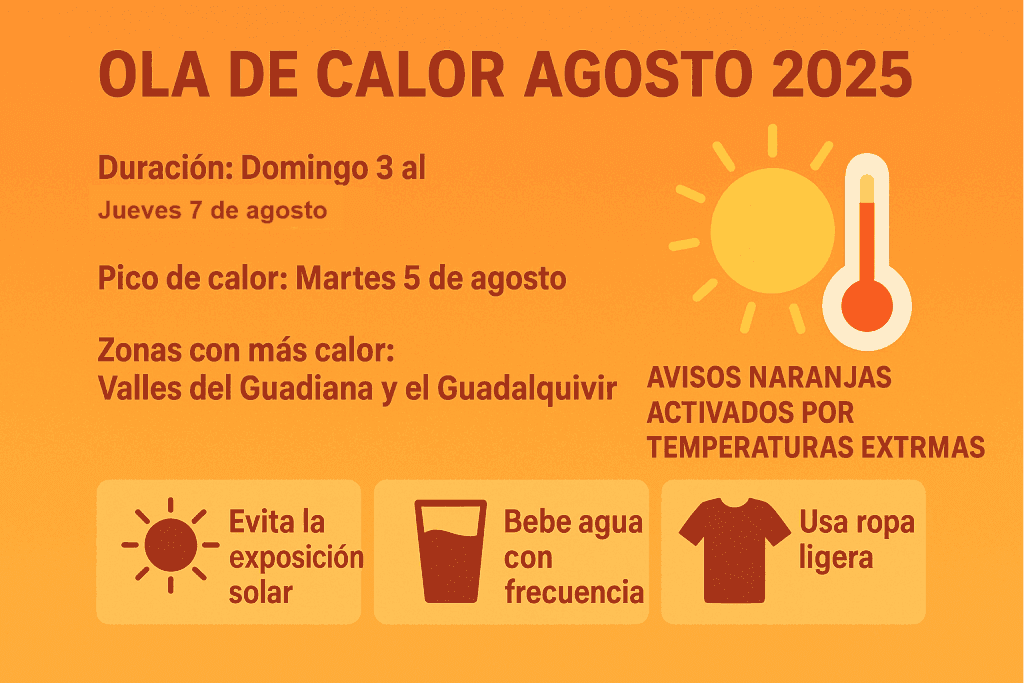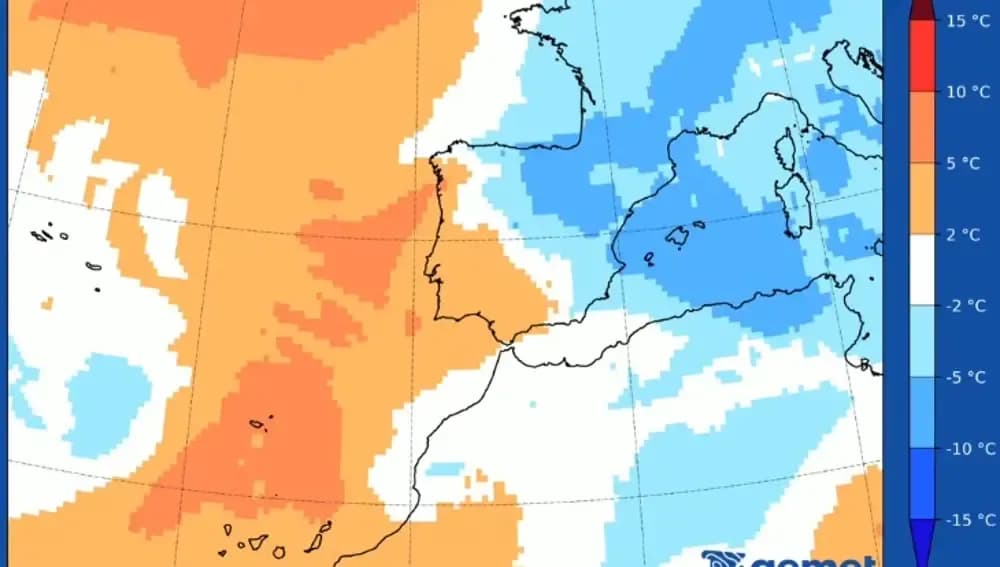Spain's Climate Conundrum: Unpacking the Volatile Dance of Extreme Temperatures
Spain faces unprecedented temperature swings. Unpack regional disparities, the tragic human toll, and how climate change drives this volatile weather dance across the Iberian Peninsula.

The Uneven Heatwave: A Patchwork of Regional Extremes
Spain’s diverse geography means that when a heatwave grips the nation, its impact is far from uniform. While some regions might breathe a sigh of relief with a forecasted "marked and almost generalized" drop in maximum temperatures – think Lugo or Santander, where highs might not even breach 25 degrees Celsius – others brace for relentless heat. Areas like parts of , the southeast quadrant, northeastern depressions, the , Ibiza, and Mallorca are expected to bake, with temperatures frequently soaring past 34-36 degrees, even hitting a scorching 40 degrees in some southeastern valleys. Sevilla could see 38 degrees, Lleida 40, and Murcia a blistering 41. The national weather agency, , has issued high-temperature warnings across numerous communities, including Andalusia, Aragon, the Balearic Islands, Castilla-La Mancha, Catalonia, Madrid, Murcia, and Valencia. Even when temporary relief arrives in Atlantic areas, a new weather trough quickly cuts temperatures, though Andalusia often remains an outlier, with Seville still enduring values up to 37 degrees. This complex interplay of weather patterns creates a truly uneven heat map across the .

Beyond the Thermometer: The Human Toll of Sustained Heat
The narrative of Spain's escalating temperatures extends far beyond mere meteorological figures; it delves into a critical human toll. The early onset of intense heat this year tragically accounted for 1,180 deaths attributable to high temperatures within just two months. This stark figure underscores the profound health crisis that prolonged heat poses to vulnerable populations. What's more, the struggle isn't confined to daylight hours. Sustained high minimum temperatures, particularly in the southeastern peninsula and southern Gran Canaria, where nights might not drop below a stifling 24-26 degrees, make restful sleep a luxury. This relentless lack of nocturnal recovery exacerbates heat-related illnesses and puts immense strain on the public health system. A broader European perspective reveals that climate change has already tripled deaths from extreme temperatures in urban areas during recent heatwaves, painting a grim picture of the escalating health risks that Spain, and indeed the continent, now faces as these events become more frequent and intense.

A Week in Flux: Navigating Spain's Rapid Climatic Swings
Spain's climate has become a masterclass in volatility, where a week can feel like a condensed tour through all four seasons. Just as some areas experience a brief respite, western regions are poised for another significant thermal ascent, potentially pushing thermometers back towards 40 degrees Celsius in , Andalusia, and parts of Castilla-La Mancha by the weekend. Yet, even as heat reasserts its dominance, instability lingers. The Cantabrian coast, for instance, anticipates continued rainfall early in the week, with showers and even intense thunderstorms potentially spreading across the northern half of the country by Wednesday, particularly in Catalonia and Aragon. While some areas see minimums dip below 10 degrees on Monday morning, a rapid recovery is on the cards, with many regions returning to over 32 degrees by Tuesday, and even 35 degrees in places like Extremadura and Madrid. This dizzying succession of thermal peaks and troughs, often accompanied by sudden shifts to storm activity, highlights the unpredictable nature of Spain’s evolving weather patterns.

When Instability Strikes: The Unpredictable Return of Storms Amidst Heat
Adding another layer to Spain's complex climate narrative is the jarring, often unpredictable, return of storms even as heat persists elsewhere. The anticipates a significant weather shift driven by Atlantic circulation entering the northwest. This will bring extensive cloud cover and precipitation, often accompanied by thunderstorms, sweeping from west to east across the northern parts of the peninsula. These storms could be intense in the western Cantabrian region, with potential for locally strong downpours in eastern Basque Country and northern Navarra, where warnings are already in place. Mountainous areas in the north and east will also see scattered showers and thunderstorms from diurnal evolution. This dramatic shift from scorching temperatures to torrential downpours in a matter of hours epitomizes the instability now characterising Spain's weather. While the north grapples with these sudden atmospheric disruptions, regions like the Guadalquivir valley and the Mediterranean coast continue to endure elevated temperatures, with terral winds pushing thermometers past 36-38 degrees, showcasing the deeply fragmented nature of the country's climate experience.

Adapting to the New Normal: Spain's Long-Term Climatic Imperative
The volatile dance of extreme temperatures and unpredictable weather patterns is no longer an anomaly for Spain; it is rapidly becoming the new normal. The sobering reality, as highlighted by a recent study, is that cities like could face heatwaves that are 6 degrees Celsius more intense by the end of the century. This stark projection, coupled with the immediate human toll and the persistent warnings across multiple communities, underscores a profound long-term climatic imperative for the nation. Adapting to this evolving reality demands more than just daily forecasts; it necessitates a comprehensive, proactive strategy. This includes rethinking urban planning to mitigate heat islands, bolstering public health infrastructures to manage heat-related illnesses, and developing resilient water management systems to cope with both droughts and sudden, intense downpours. Spain must embrace innovative solutions and sustainable practices to safeguard its population and economy against the escalating threats of a climate in flux. The challenge is immense, but the need to adapt is undeniable.
Related Articles

Under the Scorching Sun: How Spain's Heatwaves Are Redefining a Nation

Under the Scorching Sun: How Spain's Heatwaves Are Redefining a Nation

Spain's Enduring Summer: Decoding the August Heatwave and How to Adapt

Spain's Enduring Summer: Decoding the August Heatwave and How to Adapt

The Iberian Weather Paradox: Navigating Spain's Temperamental Summer

The Iberian Weather Paradox: Navigating Spain's Temperamental Summer

Spain's Summer Plot Twist: How Rains Are Rewriting July's Narrative
